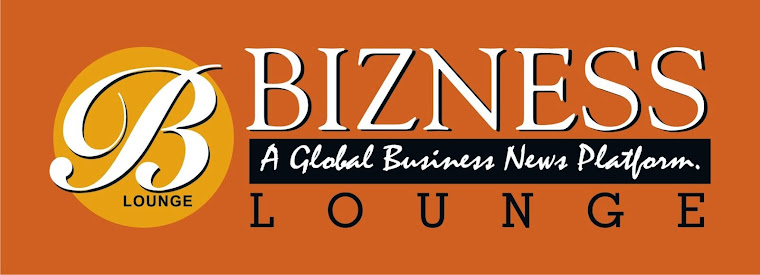 Oct. 2 (Bloomberg) -- Morgan Stanley Chief U.S. Equity Strategist Adam
Parker discusses his investment ideas on “Bloomberg Surveillance.”
(Source: Bloomberg)
Oct. 2 (Bloomberg) -- Morgan Stanley Chief U.S. Equity Strategist Adam
Parker discusses his investment ideas on “Bloomberg Surveillance.”
(Source: Bloomberg)
AutoNation Inc. gained 6.1 percent as Warren Buffett’s Berkshire Hathaway Inc. agreed to buy Van Tuyl Group, the largest privately owned U.S. auto dealership group. Tesla Motors Inc. advanced 4.7 percent after the electric-car maker said it will introduce a new product next week. Twitter Inc. rose 3.6 percent after JPMorgan Chase & Co. raised its recommendation on the shares.
The Russell 2000 rallied 1 percent at 4 p.m. in New York, the most since Aug. 18, after a 1.5 percent selloff yesterday. The Standard & Poor’s 500 Index (SPX) was little changed at 1,946.17, wiping out an earlier loss of 1 percent. The Dow Jones Industrial Average fell 3.66 points, or less
than 0.1 percent, to 16,801.05. The Stoxx 600 Europe plunged 2.4 percent, the most in 15 months. About 7.7 billion shares changed hands on U.S. exchanges, 35 percent higher than the three-month average.
“The market turned back here recently because some of these stocks have gotten too oversold,” Walter “Bucky” Hellwig, who helps manage $17 billion at BB&T Wealth Management in Birmingham, Alabama, said by phone. “There was some disappointment with Draghi in that he didn’t seem to be quite as aggressive in what he was saying about QE.”
Traders James Denaro, left, and Peter Tuchman work on the floor of the New York Stock... Read More
Fed Stimulus
Stocks tumbled this week amid signs of economic weakness in Europe and geopolitical turmoil as the Federal Reserve is on course to end its bond-buying program this month. Investors have been concerned the central bank may raise interest rates sooner than anticipated as the U.S. economy gains strength.Tomorrow’s labor report will provide further clues on the economy’s health. The data may show payrolls added 215,000 workers in September after a 142,000 increase the month prior that was the smallest this year, according to the median estimate in a Bloomberg survey. The jobless rate probably held at 6.1 percent.
Data today showed the number of Americans filing applications for unemployment benefits unexpectedly fell last week, a sign the job market is sustaining progress.
“People will come back to the market once they realize Europe is not falling off a cliff and the U.S. economy is still pretty strong, but not so strong as to get the Fed to raise interest rates early,” Gary Black, global co-chief investment officer for Calamos Investments in Naperville, Illinois, said by phone. The firm oversees $25.6 billion. “We’re using this weakness to buy into names that got beaten up over the last week or so.”
Jobs Report
Stocks in Europe and the U.S. sank today as ECB President Mario Draghi detailed stimulus measures. The ECB will buy assets for at least two years to boost inflation and economic growth in the euro area, Draghi said. The central bank will start buying covered bonds this month and plans to purchase asset-backed securities starting this quarter, he said at a press conference in Naples, Italy, after the ECB left interest rates unchanged at record lows.The ECB’s asset-buying plan is part of a range of stimulus measures it has announced since June to fight the threat of falling prices in the 18-nation currency bloc.
“Draghi did not bring out the big bazooka that the market had hoped for,” Peter Garnry, head of equity strategy at Saxo Bank A/S in Hellerup, Denmark, said by telephone. “Sentiment was already tilted to the downside on economic data and we are seeing an increasing likelihood of deflationary pressures.”
Brent Crude
The Chicago Board Options Exchange Volatility Index slid 3.3 percent to 16.16 today, after closing at the highest level since Aug. 5 yesterday. The gauge of S&P 500 options prices soared 36 percent in September.Six of 10 main industries in the S&P 500 dropped today. Energy and raw-materials shares lost more than 0.2 percent as Brent crude slid to the lowest since 2012.
AutoNation jumped 6.1 percent to $52.07, leading a rally in auto dealers after Buffett told CNBC he may buy “a lot more dealerships” following Berkshire’s agreement to acquire Van Tuyl. AutoNation also said its third-quarter retail sales increased 10 percent from a year earlier.
Tesla gained 4.7 percent to $251.42. “About time to unveil the D and something else,” Chief Executive Officer Elon Musk said in a Twitter post. Attached was a picture of an obscured garage door marked as “D,” lifted enough to show the contours of a vehicle inside. The picture also showed the date Oct. 9.
Twitter added 3.6 percent to $51.85. JPMorgan raised its rating to overweight, similar to buy, from neutral. The microblogging site dropped 3 percent yesterday.

No comments:
Post a Comment